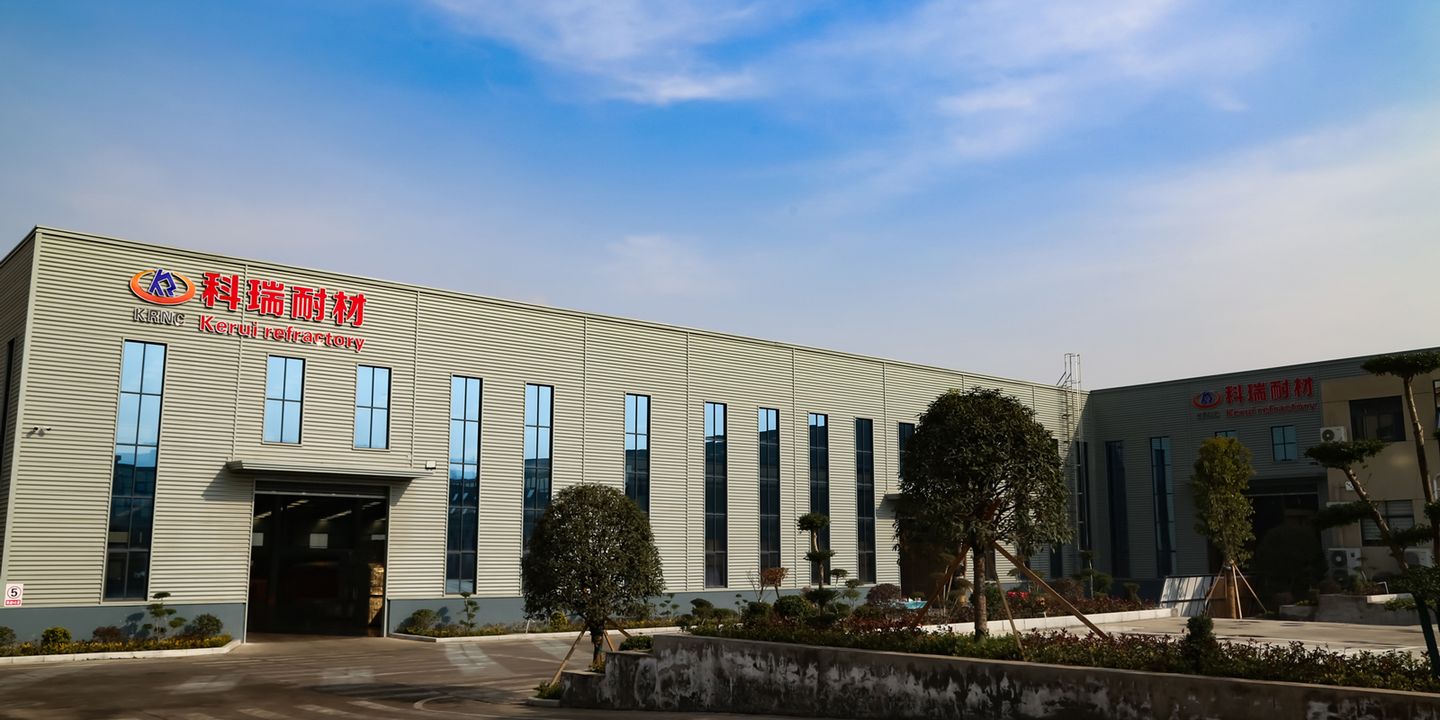

- Home
- Companies
- Zhengzhou Kerui (Group) Refractory Co., ...
- Articles
- Different Types of Refractory Bricks
Different Types of Refractory Bricks
Refractory bricks are essential components in various high-temperature applications, providing thermal insulation and resistance to extreme conditions. From industrial furnaces to kilns and incinerators, refractory bricks play a crucial role in maintaining structural integrity and optimizing operational efficiency. However, not all refractory bricks are created equal. In this article, we will explore the different types of refractory bricks available, their unique properties, and their applications in diverse industries.
Fireclay Bricks
Fireclay bricks are widely used in both industrial and residential settings due to their excellent thermal insulation properties. Composed primarily of alumina (Al2O3) and silica (SiO2), excellent fire clay bricks for sale offer good resistance to thermal shock and abrasion, making them suitable for low to moderate temperature applications. They are commonly employed in the construction of fireplaces, chimneys, and domestic ovens.
Silica Bricks
Silica bricks, also known as acid bricks, are made from high-purity silica. These bricks exhibit exceptional resistance to acidic environments and are capable of withstanding temperatures up to 1700°C (3092°F). Silica bricks find extensive use in industries such as glassmaking, metallurgy, and chemical processing, where they provide superior corrosion resistance and thermal stability.
Magnesite Bricks
Magnesite bricks are made from magnesia, a compound of magnesium oxide (MgO). These bricks possess excellent dolomite refractory bricks properties and can withstand extremely high temperatures, surpassing 2000°C (3632°F). Their high melting point, low thermal conductivity, and resistance to alkaline environments make them ideal for applications in steelmaking, cement production, and non-ferrous metal industries.
Chrome Bricks
Chrome bricks are composed of chrome oxide (Cr2O3) and have remarkable resistance to thermal stress, corrosion, and erosion. With the ability to endure temperatures exceeding 1700°C (3092°F), chrome bricks are commonly used in industries such as aerospace, power generation, and chemical manufacturing. Their exceptional durability makes them indispensable in areas prone to high mechanical and chemical stresses.
Insulating Bricks
Insulating bricks are lightweight refractory materials designed to minimize heat loss and conserve energy. These bricks have low thermal conductivity, allowing them to reduce heat transfer effectively. Insulating bricks find applications in kilns, furnaces, and other high-temperature environments where energy efficiency is crucial. They are also used in the construction of residential and commercial ovens, reducing heat loss and optimizing cooking efficiency: https://krref.com/insulating-fire-brick/.
Conclusion
Refractory bricks are available in various types, each tailored for specific applications and environments. Whether you require insulation, resistance to high temperatures, or protection against chemical erosion, there is a refractory brick suitable for your needs. Understanding the characteristics and applications of different refractory brick types is essential for selecting the appropriate material to ensure optimal performance, longevity, and safety in high-temperature settings.
Remember to consult with experts or suppliers like Kerui Refractory in the field to identify the most suitable refractory brick for your specific requirements. By choosing the right refractory brick, you can enhance the efficiency and durability of your industrial processes while maintaining a safe and productive work environment.
